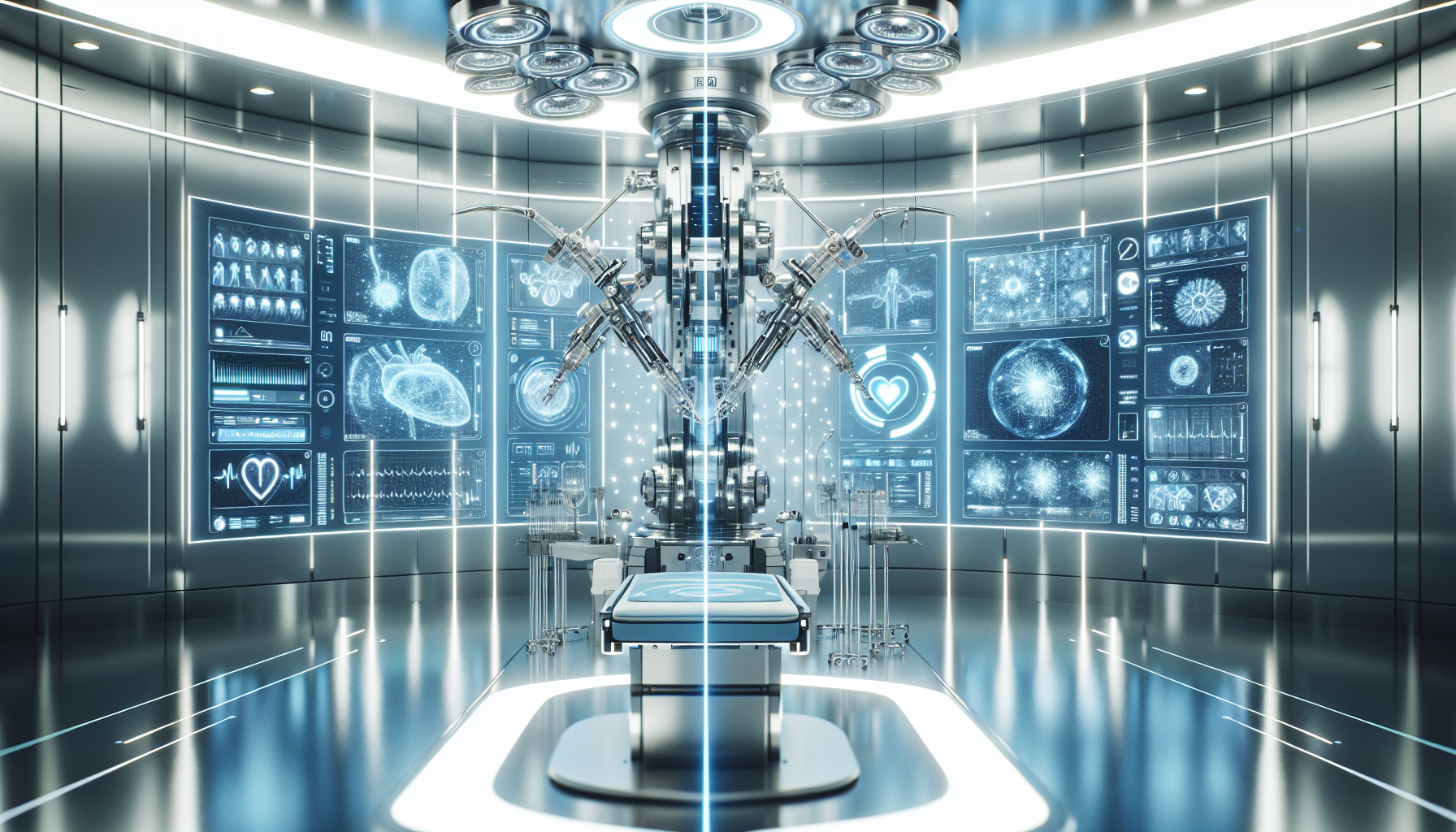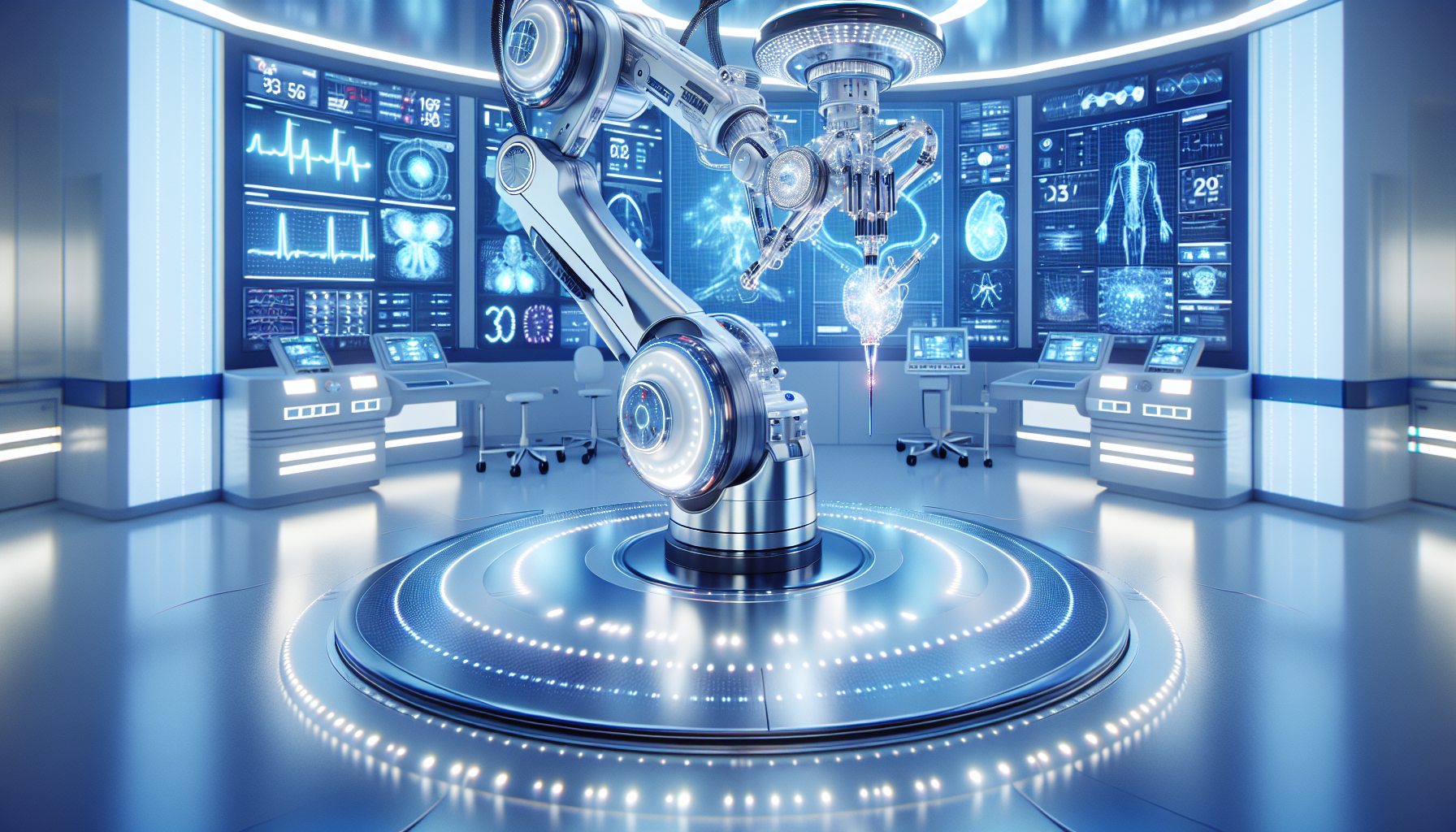Your cart is currently empty!

Innovations in Medical Technology – A Gateway to the Future of Healthcare
In recent years, the healthcare landscape has experienced a remarkable transformation, largely fueled by Innovations in Medical Technology. These advancements not only enhance patient care but also streamline operations within medical facilities. From telemedicine to artificial intelligence, the integration of new technologies is reshaping how healthcare providers deliver services and how patients interact with their health systems. As we delve deeper into this topic, we will explore various facets of Innovations in Medical Technology and their implications for both patients and practitioners.
Revolutionizing Healthcare through Innovations in Medical Technology
You can see more at gehealthmedical.com
The realm of medical technology is vast and ever-evolving. Innovations in Medical Technology encompass a broad spectrum of tools and methodologies designed to improve diagnosis, treatment, and patient management. Each breakthrough brings with it the potential for better outcomes and increased efficiency within healthcare systems.
Discover Innovations in Medical Technology
Transformative Devices Shaping Patient Care
One of the most significant areas where Innovations in Medical Technology has made strides is through transformative devices that enhance patient care. Wearable health monitors, such as smartwatches equipped with heart rate sensors or glucose monitors for diabetic patients, allow individuals to track their health metrics continuously. This real-time data enables proactive management of chronic conditions while encouraging lifestyle changes that can lead to healthier living.
Moreover, advanced imaging technologies like MRI machines have become more precise due to innovations such as 3D imaging capabilities. This allows physicians to diagnose conditions earlier than ever before, ultimately leading to more effective treatment plans tailored specifically for each patient’s needs.
The Role of Telemedicine: Bridging Distances

Telemedicine represents another landmark shift within the landscape of healthcare driven by Innovations in Medical Technology. The ability for patients to consult with healthcare professionals from home eliminates geographical barriers that often hinder access to quality care. During emergencies or pandemics like COVID-19, telehealth services have proven invaluable by providing continuous support while minimizing physical contact.
Additionally, telemonitoring technologies allow doctors to remotely observe vital signs from afar—enabling timely interventions without requiring hospital visits. This not only enhances patient convenience but also optimizes resource allocation within hospitals.
The Impact of Artificial Intelligence on Diagnostics
Artificial intelligence (AI) is revolutionizing diagnostics—a key component where Innovations in Medical Technology shine brightly. AI algorithms can analyze vast datasets far quicker than human counterparts can; this capability leads to faster identification of diseases based on patterns often overlooked by traditional methods.
For instance, AI-powered diagnostic tools are being utilized successfully for detecting cancers at earlier stages through image recognition software trained on thousands of medical images—allowing specialists greater accuracy while reducing time spent on evaluations.
Innovations in Medical Technology: Challenges Ahead
While the potential benefits are immense regarding Innovations in Medical Technology, challenges remain that must be addressed diligently:
Pros / Cons
Pros:
– Enhanced efficiency and accuracy in diagnosing conditions.
– Improved accessibility through telehealth solutions.
– Empowerment for patients via wearable technology.
Cons:
– Data privacy concerns arise with increased use of digital tools.
– Potential disparities may exist between those who have access versus those who do not.
FAQ

Q1: What are some examples of recent innovations?
A1: Recent innovations include AI-based diagnostic tools and advanced wearable devices monitoring vital signs continuously.
Q2: How does telemedicine improve access?
A2: Telemedicine allows consultations via video calls or apps regardless of location—making it easier for remote communities or during crises when travel may be restricted.
Q3: Are there any risks associated with these technologies?
A3: Yes; risks include data breaches affecting patient confidentiality as well as reliance on technology over traditional methods when necessary interactions could provide better insights into a patient’s condition.
In conclusion, the wave generated by these Innovations in Medical Technology, such as those discussed above—combined with ongoing advancements—is set not only change individual lives but transform entire healthcare systems globally too! For further insights into innovative developments across various sectors including medical technology trends visit gdmig-mongoliagrowthgroup.com regularly!
As we continue embracing these changes together through collaboration between tech innovators & health professionals alike—the future looks promising indeed!
by
Tags:
Leave a Reply